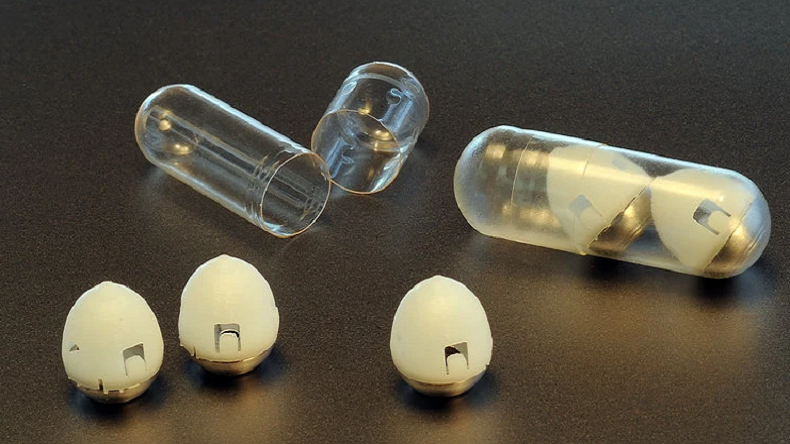Scientists at M.I.T. Harvard and Novo Nordisk, the pharmaceutical company have found a robotic capsule, which can be swallowed by people who are diabetic and insulin-dependent, according to reports.

According to the International Diabetes Federation Atlas 2015, India is home to an estimated 69.2 million diabetic patients, which as per the WHO assessment, will grow up to 79.4 million by 2030. When you have diabetes, sometimes your pancreas doesn’t make any insulin, doesn’t make enough or the insulin it makes doesn’t work properly. And that’s why some people with diabetes are insulin-dependent, which means they need to take it as medication. Most of these insulins need to be injected because the medicines are made of molecules too big to be absorbed through the stomach or intestine.
Now, a team of scientists at M.I.T. Harvard and Novo Nordisk, the pharmaceutical company have found a solution that delivers these drugs in a capsule a person can swallow, according to reports in the New York Times. The test device, code-named Soma, is shaped like the tortoise’s shell. After the tiny device positions itself against the stomach wall, the insulin post inside the device pops out and injects insulin. The device then travels through the colon and eventually is eliminated by the patient.
The experiment is based on the knowledge that if the drug is brought through the wall of the stomach, the medicine would enter the bloodstream. Although the stomach does not have many pain receptors, a prick from the tiny post would not even be felt. However, more tests need to be done so that frequent injections do not damage the stomach.
The device has been tested in rats and pigs, the investigators reported on Thursday in the journal Science. Experts are hopeful this device might provide a viable solution to the injection issue. Although much work has remained researchers are hopeful that the device would eventually be used for an array of injected drugs, not just for insulin.



















